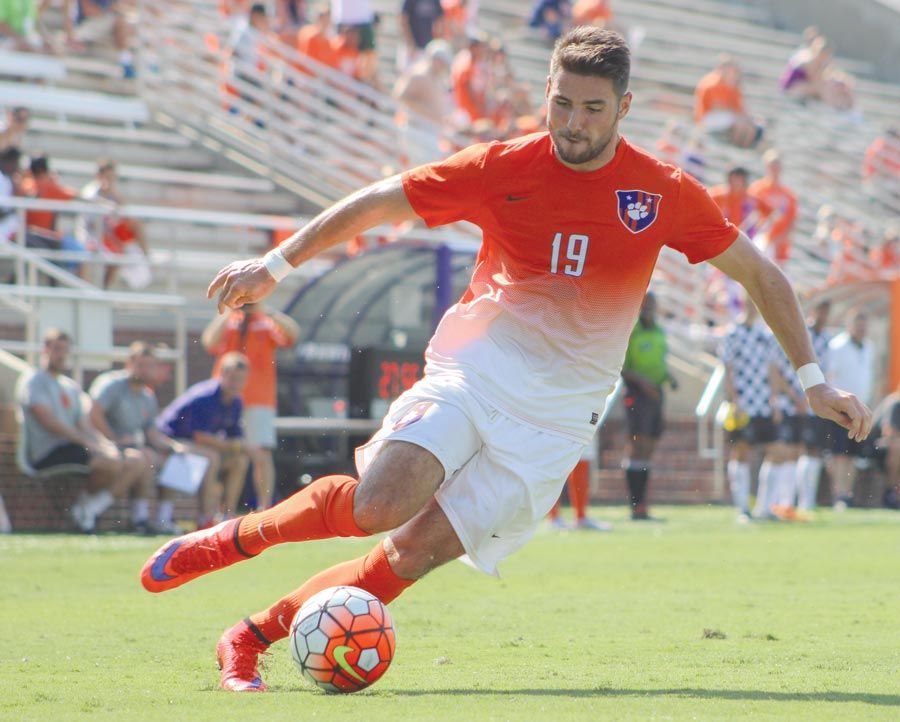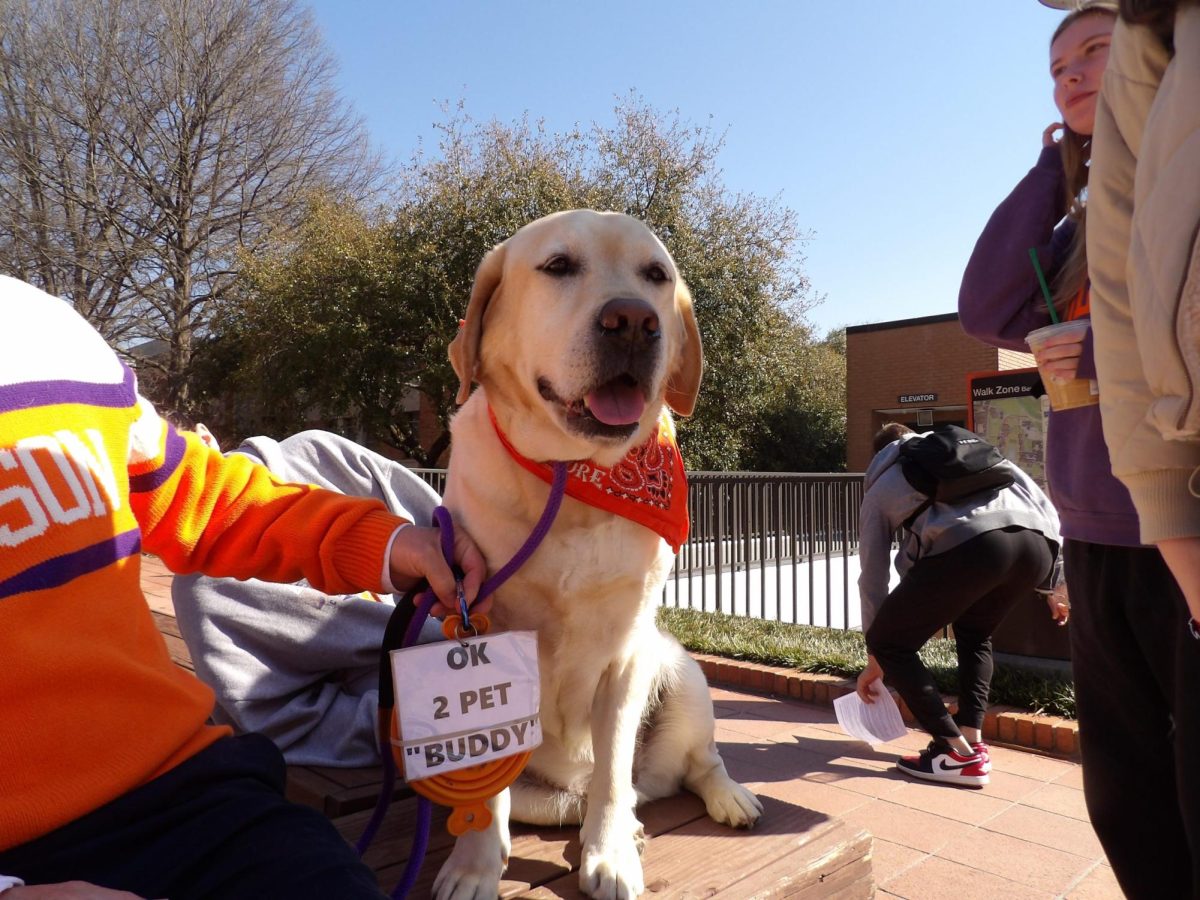It’s pretty amazing that endurance athletes like soccer, basketball and volleyball players can participate in such demanding physical contests for hours at a time. In fact, it was recently proposed that high endurance athletes might have a shared genetic component that allows them to perform more effectively than the average person. A study called GENATHLETE was recently published in PLoS ONE that took DNA samples from athletes of different countries and tested them for genomic similarities.
Rankinen and colleagues hypothesized that there would be a number of similar alleles, or alternative forms of genes, connecting the athletes genetically, thus giving them increased endurance during competition. In this study, over 1520 male elite endurance athletes from all over the world, about 69 percent of whom had previously competed at world championships and the Olympic games, were sampled and compared with 2760 non-athletes of similar ethnicities and countries of origin. Commercial DNA extraction kits were used to extract genomic DNA from the subjects’ blood samples for this genome-wide association study (GWAS).
The samples were tested for single nucleotide polymorphisms, or SNPs, which are regions of the DNA in which genetic variation is detected. A certain amount of genetic variation is expected from person to person, so specific SNPs in areas that are known to transcribe cardiometabolic traits were compared between athletes and controls. There was statistically significant evidence of shared genetics associated with the high endurance athletes in only a few SNPs, which is not enough data to support the study’s original hypothesis. Thus, It was determined that athletes actually do not share a common genetic component connected to cardiorespiratory fitness.
Dr. Leigh Clark at Clemson University has used related techniques in her own lab to determine genetic similarities in dogs: “GWAS is a powerful tool for the identification of genomic regions that influence a trait. In my laboratory, we use GWAS to identify genes that cause disease in purebred dogs. With this approach, we have used fewer than 20 dogs to locate genes underlying simple diseases. In this case, the authors are using GWAS to uncover genes that are involved in a complex trait: endurance. Unlike dogs, human populations have great genetic diversity, so even with over 4000 subjects, the study was underpowered and not able to reveal genetic variants common to elite endurance athletes.”
Despite the lack of statistical significance, the implications of this study do not rule out the possibility of a connection between genetics and cardiorespiratory ability. There have been many trends observed among elite athletes already; for example, the pelvic bones of world-class sprinters are narrower than the average person’s. This particular study was small, and there is huge potential for future studies to be conducted in this field. There certainly may be a link between elite endurance athletes and the genetics behind enhanced cardiorespiratory fitness, but it has not yet been identified.








